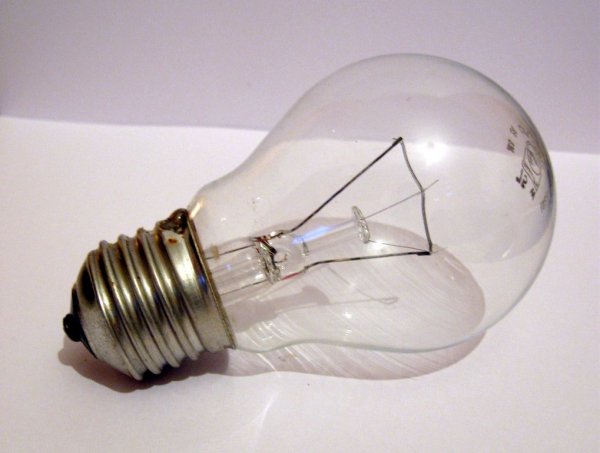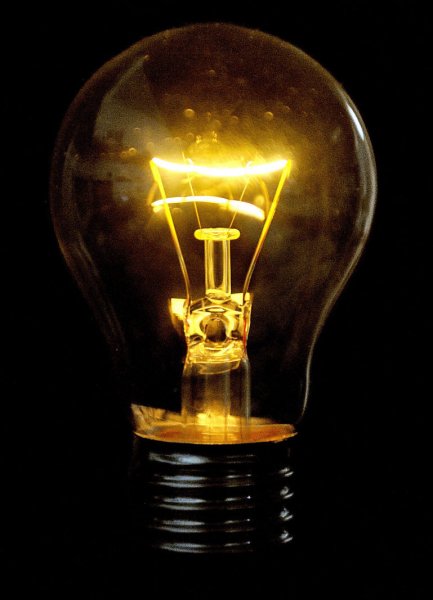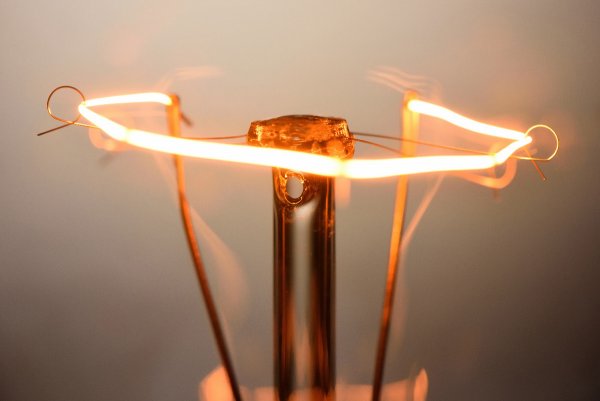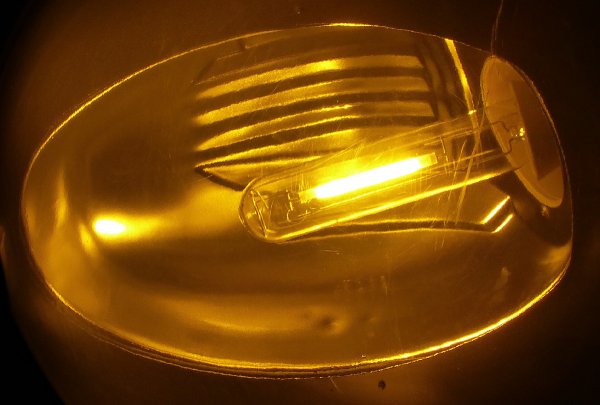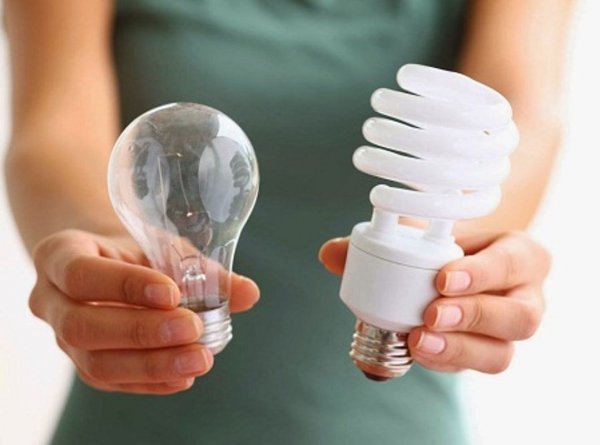Disadvantages of incandescent lamps as a light source
For all their advantages, all incandescent lamps, starting with a vacuum with a carbon filament and ending with tungsten gas-filled ones, have two important disadvantages as light sources:
- low efficiency, i.e. low efficiency of visible radiation per unit under the same power;
- a strong difference in the spectral distribution of energy from natural lighting (sunlight and diffuse daylight), characterized by poor short-wave visible radiation and a predominance of long waves.
The first circumstance makes the use of incandescent lamps unprofitable from an economic point of view, the second — has the consequence of distorting the color of objects. Both disadvantages are caused by the same circumstance: obtaining radiation by heating a solid at a relatively low heating temperature.
It is not possible to correct the energy distribution in the spectrum of an incandescent lamp, in the sense of its significant convergence with the distribution in the solar spectrum, since the melting point of tungsten is about 3700 ° K.
But even a slight increase in the working temperature of the filament body, say, from a color temperature of 2800 ° K to 3000 ° K, leads to a significant reduction in the life of the lamp (from about 1000 hours to 100 hours) due to a significant acceleration of the process of tungsten evaporation.
This evaporation leads primarily to the blackening of the tungsten-coated lamp bulb and, consequently, to the loss of light emitted by the lamp and ultimately to the burning of the filament.
The low operating temperature of the filament housing is also the reason for the low light output and low efficiency of incandescent lamps.
The presence of a gas filling, which reduces the evaporation of tungsten, makes it possible to slightly increase the fraction of energy emitted in the visible spectrum due to an increase in color temperature. The use of coiled filaments and filling with heavier gases (krypton, xenon) allows for a slightly further increase in the fraction of radiation falling on the visible region, but measured only in a few percent.
The most economical, i.e. with the highest luminous efficiency, will be a source that converts all the input power into radiation of that wavelength. The luminous efficiency of such a source, that is, the ratio of the luminous flux created by it to the maximum possible flux at the same input power, is equal to unity. It turns out that the maximum light output is 621 lm / W.
From this it is clear that the light efficiency of incandescent lamps will be significantly lower than the figures characterizing the visible radiation (7.7 — 15 lm / W).The corresponding values can be found by dividing the luminous power of the lamp by the luminous power of a source with a luminous efficiency equal to unity. As a result, we get a light efficiency of 1.24% for a vacuum lamp, and 2.5% for a gas-filled one.
A radical way to improve incandescent lamps would be to find filament body materials that can operate at significantly higher temperatures than tungsten.
This would increase the efficiency and improve the chroma of their emission. However, the search for such materials was not crowned with success, as a result of which more economical light sources with a better spectral distribution were built based on a completely different mechanism for converting electrical energy into light.
Another disadvantage of incandescent lamps:
Why incandescent lamps most often burn out at the moment of switching on
Despite superiority in economy, none of the gas-discharge lamp types have proven to be capable of replacing incandescent lamps for lighting, except fluorescent lamps… The reason for this is the unsatisfactory spectral composition of the radiation, which completely distorts the color of the objects.
High-pressure lamps with inert gases have a high luminous efficiency. A typical example is Sodium lamp, which has the highest luminous efficiency of all gas discharge lamps, including fluorescent ones. Its high efficiency is due to the fact that almost all of the input power is converted into visible radiation.A discharge in sodium vapor emits only a yellow color in the visible part of the spectrum; therefore, when illuminated with a sodium lamp, all objects take on a completely unnatural appearance.
All the different colors range from yellow (white) to black (a surface of any color that does not reflect yellow rays). This type of lighting is extremely unpleasant to the eye.
Thus, gas-discharge light sources, through the very method of creating radiation (excitation of individual atoms), turn out to be, from the point of view of the properties of the human eye, a fundamental defect consisting in the linear structure of the spectrum.
This drawback cannot be completely overcome by directly using the discharge as a light source. A satisfactory solution was found when the bit was given only the function excitation of the glow of phosphors (fluorescent lamps).
Fluorescent lamps have an unfavorable property compared to incandescent lamps, which consists in strong fluctuations in the luminous flux when operating on alternating current.
The reason for this is the significantly lower inertia of the glow of phosphors compared to the inertia of the filaments of incandescent lamps, as a result of which at any voltage passing through zero, which leads to the termination of the discharge, the phosphor manages to lose a significant part from its brightness before discharge in the opposite direction occurs. It turns out that these fluctuations in the luminous flux of fluorescent lamps exceed 10 - 20 times.
This undesirable phenomenon can be greatly weakened by switching on two adjacent fluorescent lamps so that the voltage of one of them lags behind the voltage of the second by a quarter of a period.This is achieved by including a capacitor in the circuit of one of the lamps, which creates the desired phase shift. Using a container simultaneously improves and Power factor the entire installation.
Even better results are obtained when switching with phase shift of three and four lamps. With three lamps, you can also reduce fluctuations in the light flux by turning them on in three phases.
Despite a number of defects noted above, fluorescent lamps, due to their high efficiency, became widespread, and at one time, in the form of compact fluorescent lamp designs, incandescent lamps were replaced everywhere. But the era of these lamps is also over.
Currently, LED light sources are mainly used in electrical lighting:
The device and principle of operation of the LED lamp

